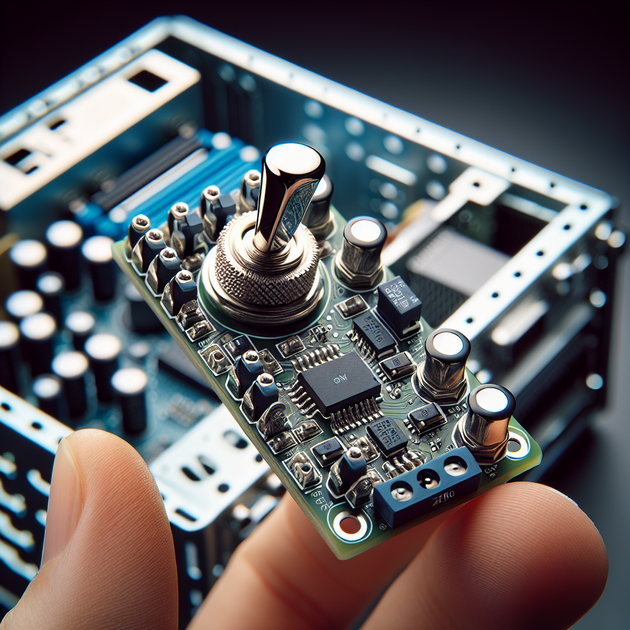Ever wished you could pick your operating system at startup with just the flick of a real-life switch? A physical boot order switch isn’t just possible—it’s surprisingly straightforward if you’re willing to tinker with some hardware and code.
Why Go Physical With Your Boot Order?
Most folks rely on keyboard shortcuts or BIOS menus to pick what OS kicks in when their PC powers up. But what if you want something even simpler—a real-world switch that decides whether you land in Windows, macOS, or Linux? That’s where a boot order switch comes in handy.
The usual approaches involve software tools like GRUB (for Linux), but these are tied to specific OS installations or require fiddling when things go wrong. The project featured here uses an RP2040 Zero microcontroller, paired with a custom EFI bootloader. This combo works independently of whatever OS is installed—meaning it’ll work even if you’re swapping between Windows and macOS.
How Does a Physical Boot Order Switch Work?
At its core, this setup is pretty clever but not too complicated. Here’s what makes it tick:
- RP2040 Zero: This tiny microcontroller acts as the brains of the operation.
- Physical toggle switch: Sets your preferred boot order before you power on.
- Custom EFI bootloader: Reads the hardware state at startup and tells your computer which OS to load.
- Total OS independence: No need for any specific software on your hard drive.
When you flip the switch and press power, the RP2040 tells the UEFI firmware which partition or disk to boot from—no keyboard shortcuts required.
The Tech Behind It: Hardware and Open Source Details
The heart of this physical boot order switch is making use of modern UEFI (EFI) firmware support. While most hobbyist projects stick to modifying GRUB or chainloading between OSes from within Linux (see some examples on forums like Tom’s Hardware), this approach uses a small microcontroller board—specifically the RP2040 Zero. It handles detecting the position of a toggle or rotary switch and then presents a different EFI file depending on what you’ve chosen.
All code and schematics are open source—the author has made everything available on their GitHub repository for HardBoot. There’s also a detailed write-up about the process on their blog at blitzdose.de. Anyone comfortable soldering basic circuits and flashing microcontrollers can follow along.
Some advantages of this method:
- No risk of messing up system partitions while experimenting.
- No need to rely on any one operating system’s loader.
- Works even if your main drive fails or gets wiped.
- You don’t have to touch your BIOS every time you want something different.
- The whole thing is platform agnostic—Windows, macOS, Linux… it doesn’t care.
Anecdote Time: How Curiosity Sparked This Project
It all started after someone asked about creating a physical way to set their computer’s boot priority on Reddit. That question stuck with blitzdose (the creator), who realized there wasn’t an off-the-shelf solution for multi-booters wanting absolute control without relying on software tricks. After some tinkering with EFI loaders and Raspberry Pi Pico boards—and more than one “Oops!” moment when things didn’t quite start up as planned—the project took shape into something anyone can try. Blitzdose shares all the nitty-gritty details on their blog (read here for more technical insight) so others can avoid those early pitfalls.
Should You Try Making Your Own Boot Order Switch?
If you regularly juggle multiple operating systems—or just want something genuinely unique in your PC setup—a physical boot order switch could be right up your alley. It’s open source, it works across platforms, and once set up, it’ll save plenty of hassle compared to poking around in BIOS menus every morning.
For those wanting more background about UEFI and why hardware-level solutions work better than traditional software-based chainloaders, check out guides at places like Arch Wiki. But if you’re ready for hands-on fun—and maybe learning something new along the way—why not give building your own hardware-based solution a shot?
Are there other ways you’d use a hardware toggle in your setup? Let us know what wild ideas come to mind!

Leave a Reply